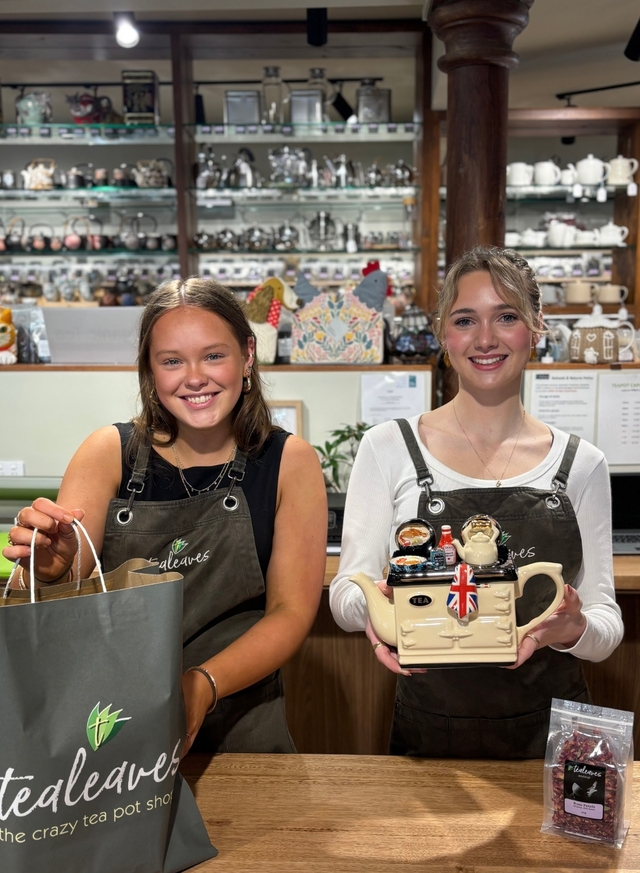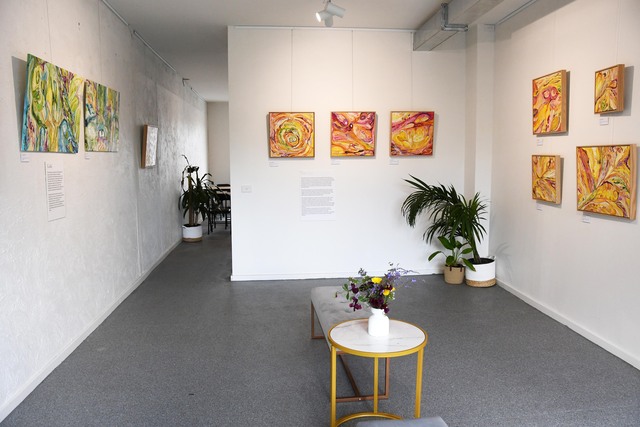By Tania Martin
CREATING a tranquil garden with a billabong or waterfall can be as easy as following Olinda landscape designer Phil Johnson’s five-step plan.
Director of Greenmark, he specialises in billabong designs that are based on a waterhole concept, which means it dries up in drought, but replenishes itself when it rains.
Mr Johnson said the remarkable element of this waterhole concept was that it supported a unique and sustainable environment for birds, insects and indigenous water plants, as well as attracting many native frog species.
He was awarded the 2006 Landscape of the Year Award for the design of a garden in Wandin North earlier this year that incorporated the use of billabongs.
Mr Johnson, who created the garden, said the owners wanted to transform their backyard using water and create a calming and inviting area that could be used for entertaining and living areas.
He said step one to building a billabong was to check with the local council about pond depths and regulations and inquire if a permit was needed.
Step two was to find a level area in the garden and consider the perfect location for the billabong.
Mr Johnson said that a billabong should have partial sun and also shade from plants and trees.
“However the pond should not be directly beneath trees as some like Oleanders and pines have toxic leaves, which can poison the water,” he said.
Mr Johnson said after choosing the location it was time to mark out the desired billabong shape that will require excavation.
Step three is to line the excavated billabong with a heavy duty, UV resistant liner that can be purchased from local landscape suppliers.
Mr Johnson said it was important to spread the liner 40 centimetres over the edge of the pond to allow for a buffer to prevent water from escaping.
Then place soil on top of the liner, as this will provide the billabong with a non-slippery surface for both the frogs and any other animals.
The next step is to purchase some local native and indigenous plants from the local nursery to create a natural habitat for frogs.
Mr Johnson said using a wide variety of native trees, shrubs, grasses, aquatic plants, lilies and ferns would create a balanced plant environment.
Finally frog ponds and billabongs can sometimes attract mosquitoes and Mr Johnson said there were several things people could do to control them without using insecticides.
“You can either install a circulation pump to make the pond less appealing to breeding mosquitoes, or you can put some native fish in the pond as these are excellent mosquito eaters,” he said.
Billabong at home
Digital Editions
-

Fragrant and fresh
Just an hour from Melbourne, nestled in the charming hills of Olinda, lies Australia’s most exceptional tea experience. Tealeaves, a family-run business with over 30…





